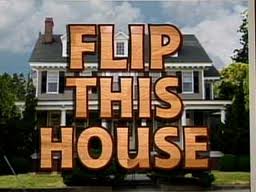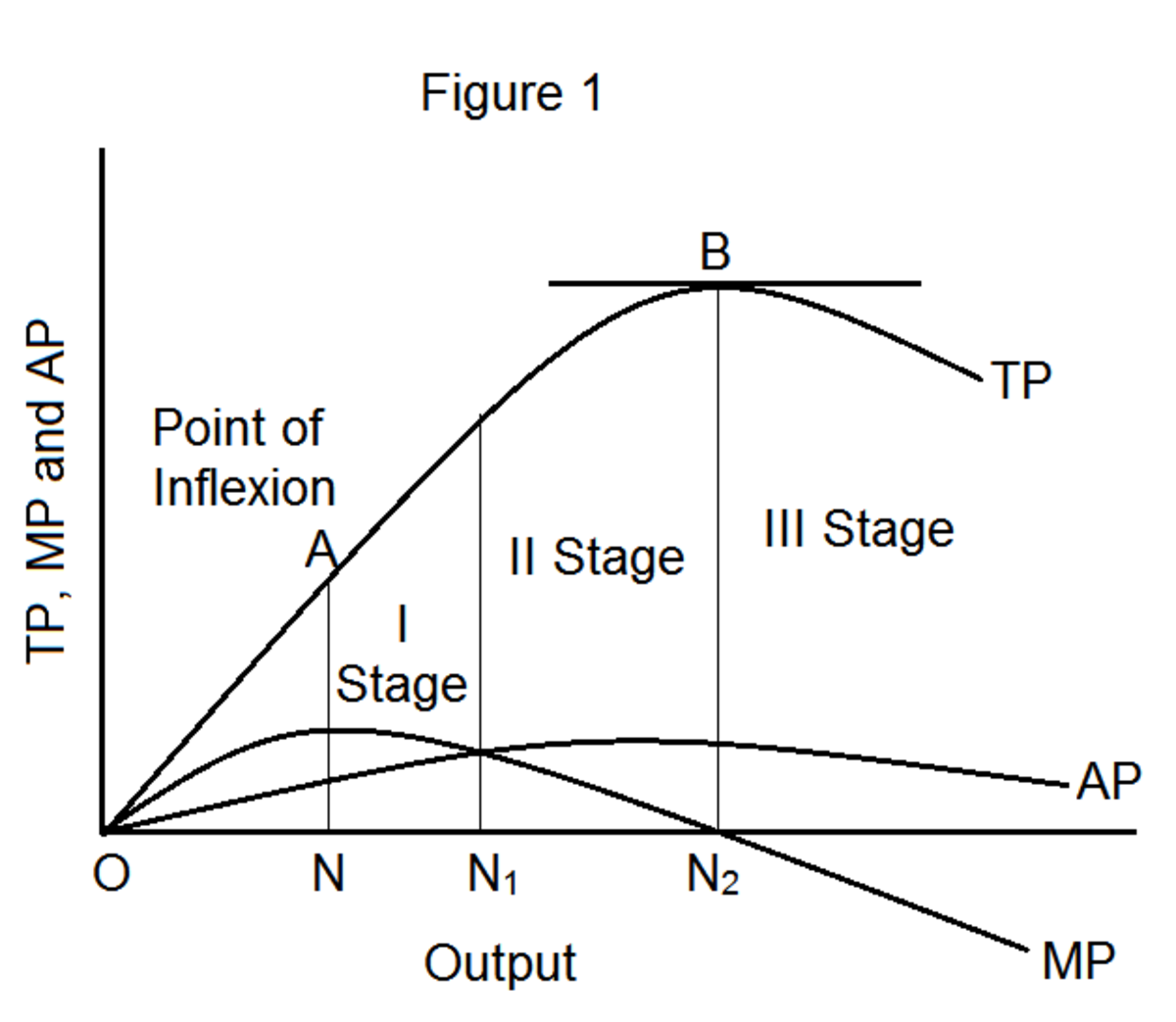The Real (Easy Credit) Bubble III: Speculation Nation!

Whenever the first millionaires from the (real easy) credit’s “speculation nation” started popping up, that’s when the “the need for greed” mentality took a hold of things: you began to see clusters of real estate syndicates huddled up inside of coffee shops all over America. It was at that point, I said to myself: “here we go again.” You could sense the euphoria in some of people’s eyes: it appeared everyone wanted to be an instant millionaire real estate investor, ride around in a Jaguar SK500 and drop a cool grand at their favorite eatery. The “speculation nation”—just like it’s dot.com counterpart of the late 90s—was off to the races in the blink of an eye.

What’s real estate speculation? Real estate speculation-in a risk vs reward frame of reference-was nothing more than buying something low and selling it high—namely, in real estate all you had to do was purchase a depressed property in a decent neighborhood, make the necessary cosmetic repairs, put it on the market and then sell it for a big handsome profit. You didn’t have to be a neurosurgeon to speculate on real estate, again, the basic premise of the art of speculation was a constant: purchase low enough to recognize a decent profit thus the profit was in the purchase. Because real estate was a tangible/appreciable asset, the one thing that really appeased would-be investors, especially during the height of the real estate bubble, was the very idea that, if you sweat a little, you could become very well-off. Furthermore, the name of the game in the “speculation nation” was a little thing called “sweat equity.” Literally with real estate investing, how much you put into it, was how much you got out of it—the speculation of property in fix-up mode was only as limited as the imagination of its owner. During the height of the bubble, investors took the formula of buying depressed houses in decent neighborhood and ran with it—it wasn’t uncommon, at all, for an entire home to be bulldozed and an entirely new home to be rebuilt; again the profit was in what you “paid for property.”

In a real estate bubble, or a bubble of any kind, bright ideas beget even brighter ideas, especially when millions are at stake. Instead of sticking to the basic kitchen and bathroom remodel, I’ve talked with contractors that have done such elaborate things as put glass blocks and brick pavers all through-out some houses. Nevertheless, to some investors, hiring a contractor meant reduced profits; therefore, a lot of investors, raised up their sleeves and became their own builders—a risky move no doubt, but when 200% profits were at stake, conventional wisdom takes a back seat in the name of big money.

Again, it seemed everyone wanted to be in real estate during this time, I personally knew people who quit their well paying stable jobs to flip houses full-time. What’s flipping a house? Being a colloquial term for real estate speculation, “house flipping,” became a case of an investor(s) buying a run-down home, augmenting its value and then offering it up for a quick sale. Even Hollywood, got in on the act—you started seeing shows pop up like, Flip This House which was a reality television series that aired on the A&E (Arts and Entertainment) television network. If the outer limits of the real estate bubble looked innocuous and fun, then the inner workings of it had market complicity written all over it. Everyone involved knew something was vastly wrong that picture but just like the dot.com era they over-looked the players in the game of real estate speculation in the short-term thereby doing long-term damage to our real estate sector
Without question, the real estate debacle was high-handed lunacy; it was the last straw that the broke the camel’s hump back and ended a trilogy of misguided, bewildered and aberrant 'kamikazonomic' market distortions. Going all the way back to the 1980s Savings and Loan Crisis, we began to see a select pattern emerge that has been beating our engine to a pulp. Crisis after crisis, low point after low point and the system gets fed up and can’t take it any more: the inevitable result is an economic engine in breakdown mode. Where was the Federal Reserve when we needed them? And why didn’t they put an end to the real estate market’s pandemonium much sooner?








